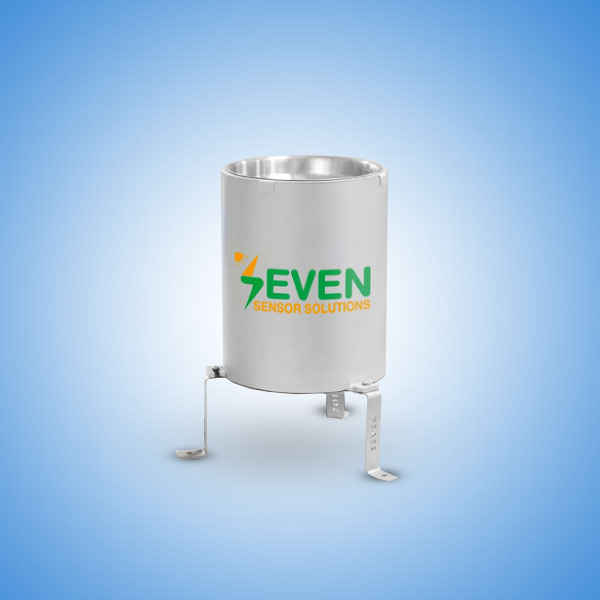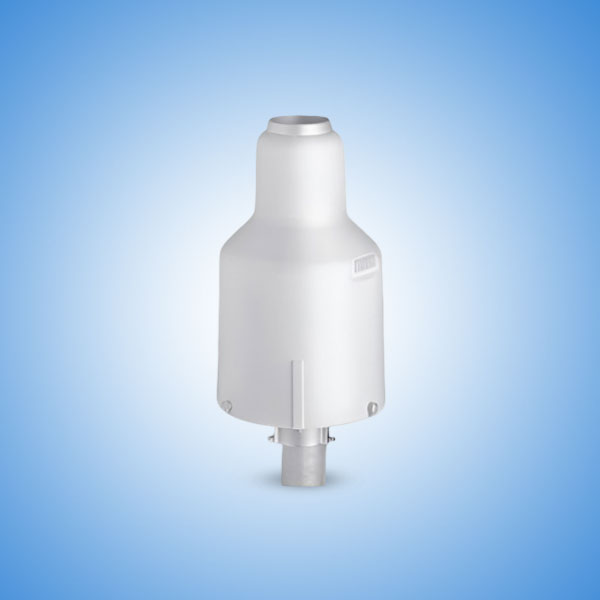Precipitation Sensor
A Precipitation Sensor is an essential device used to detect and measure rainfall, snowfall, or any form of precipitation. These sensors play a key role in weather monitoring systems, agricultural planning, irrigation control, and environmental studies. The main function of a Precipitation Sensor is to detect the presence, amount, and intensity of precipitation in real time, making it a vital tool for accurate data collection and forecasting.

Frequently Asked Questions
A Precipitation Sensor is a weather monitoring instrument that identifies when rain or snow is falling and measures how much has accumulated over time. It helps in determining weather conditions by converting precipitation events into readable data. Depending on the sensor type, it may measure the rate, duration, and total amount of precipitation. The data collected by the Precipitation Sensor is often transmitted to data loggers, weather stations, or remote monitoring systems.
There are several types of Precipitation Sensors, each designed for specific applications:
1. Tipping Bucket Rain Gauge
This is a common type of Precipitation Sensor that uses a tipping mechanism to measure rainfall. As rain fills the bucket, it tips and records each event.
2. Optical Rain Sensor
Uses light beams to detect raindrops. When a drop passes through the sensor’s beam, it registers an interruption and calculates rain intensity.
3. Capacitive or Resistive Sensors
These detect changes in electrical resistance or capacitance caused by water droplets.
4. Weighing Rain Gauge
Measures the weight of the accumulated precipitation for precise volume data. Ideal for snow and mixed precipitation.
Each Precipitation Sensor type has unique advantages based on the environment and accuracy requirements.
A modern Precipitation Sensor offers several features that enhance weather data collection:
1. High Sensitivity – Detects even the lightest rain or snow.
2. Durability – Built to withstand extreme weather and environmental conditions.
3. Real-Time Monitoring – Instant data transmission for immediate use.
4. Low Maintenance – Most designs are self-cleaning or need minimal servicing.
5. Compact Design – Easy to install in remote or urban locations.
These features make Precipitation Sensors suitable for continuous, long-term monitoring in all climates.
Precipitation Sensors are used across many sectors:
1. Weather Stations – To collect real-time data for forecasting.
2. Agriculture – To manage irrigation and protect crops from weather extremes.
3. Smart Irrigation Systems – Sensors can stop irrigation during rainfall.
4. Environmental Research – Helps scientists understand climate trends and water cycles.
5. Aviation and Transportation – For safety monitoring and operational planning.
6. Urban Drainage Systems – To prevent flooding by activating control systems.
In every case, a Precipitation Sensor improves decision-making by offering timely, accurate information.
Using a Precipitation Sensor brings many practical benefits:
1. Water Conservation – Prevents over-irrigation by tracking actual rainfall.
2. Improved Forecasting – Real-time data supports better weather predictions.
3. Disaster Management – Early warning for floods and heavy rainfall.
4. Energy Saving – Reduces the need for manual data collection.
5. Automation Support – Integrates with smart systems for automatic response.
These advantages make a Precipitation Sensor a valuable part of any environmental monitoring setup.
When selecting a Precipitation Sensor, consider these factors:
1. Type of Precipitation – Rain only or snow and mixed forms?
2. Measurement Accuracy – For light drizzle or heavy storms?
3. Installation Environment – Urban, remote, coastal, or high-altitude areas?
4. Connectivity Options – Does it need wireless, Ethernet, or analog output?
5. Power Source – Solar-powered, battery-operated, or AC supply?
A well-chosen Precipitation Sensor ensures reliable data and long-term performance.















